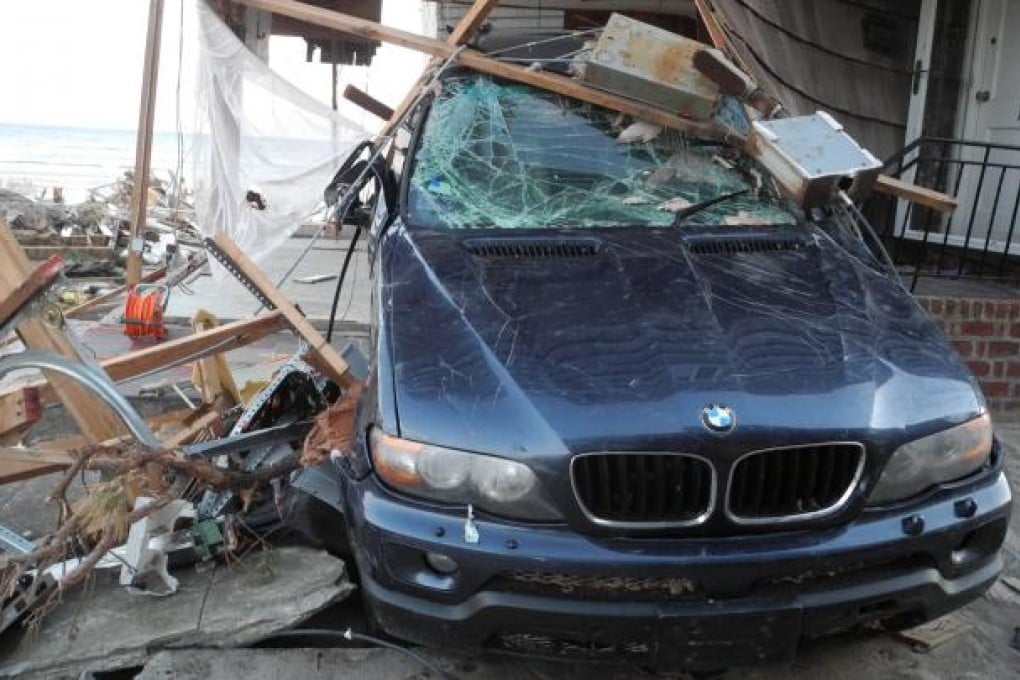
US auto sales posted their fastest clip since January 2008 amid an improving economic outlook and demand for replacement vehicles following the devastating Hurricane Sandy.
Total industry sales in November were up 15 per cent from a year earlier and came in at an adjusted, annualized rate of 15.5 million vehicles, according to Autodata.
Honda led the pack with a 39 per cent gain that drove its best ever November results. Rivals Chrysler, Ford and GM managed to post their best Novembers in years with more modest but still solid growth.
Still, some expressed concerns the auto industry’s strong recovery from the financial crisis of late 2008 could be hampered by the looming ’fiscal cliff’ with Washington at a political impasse over addressing the budget deficit.
"Exactly how much growth we can expect next year will depend in part on how Congress and the president resolve the fiscal cliff issue,” GM sales chief Kurt McNeil said in a conference call.
"Consumers hate uncertainty, so an agreement on ways to reduce long-term federal budget deficits could remove an impediment to growth.”